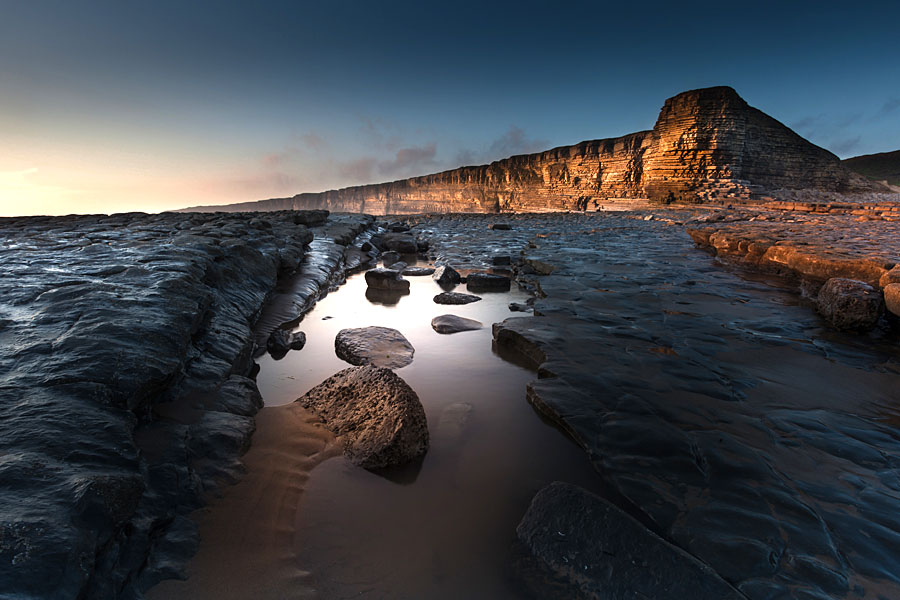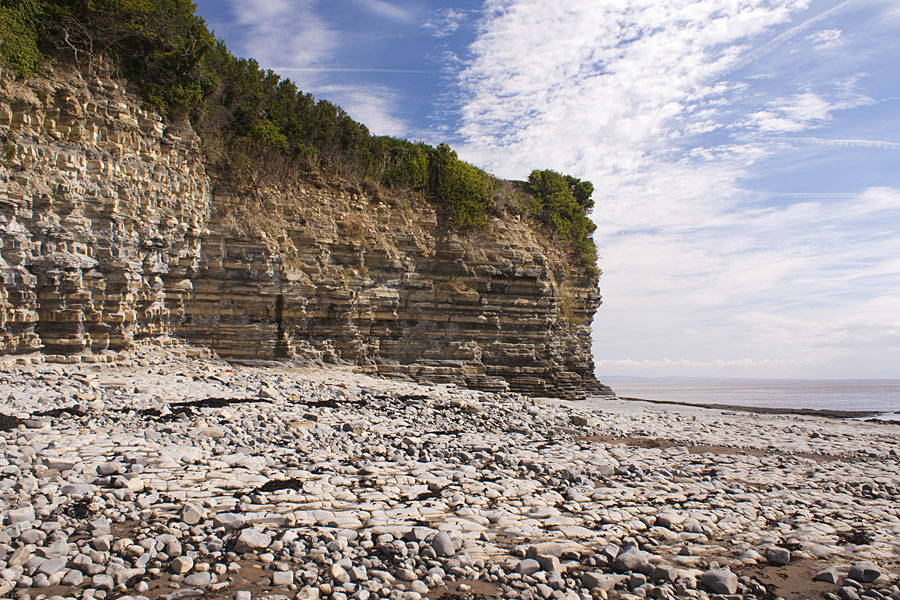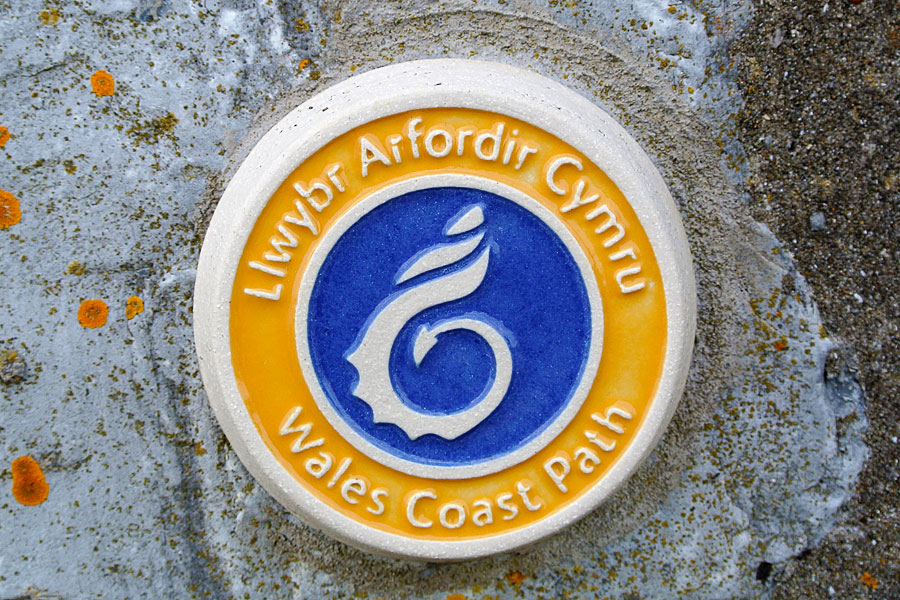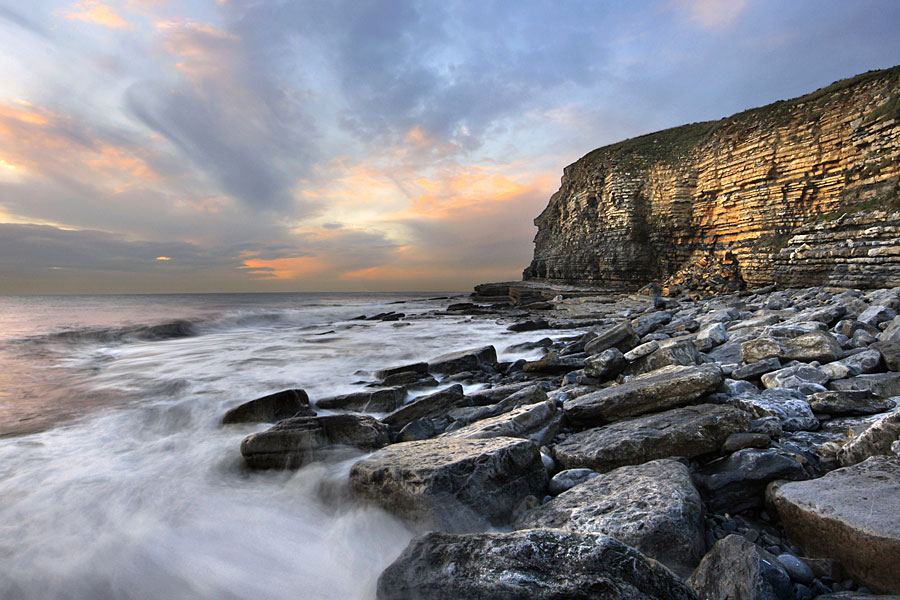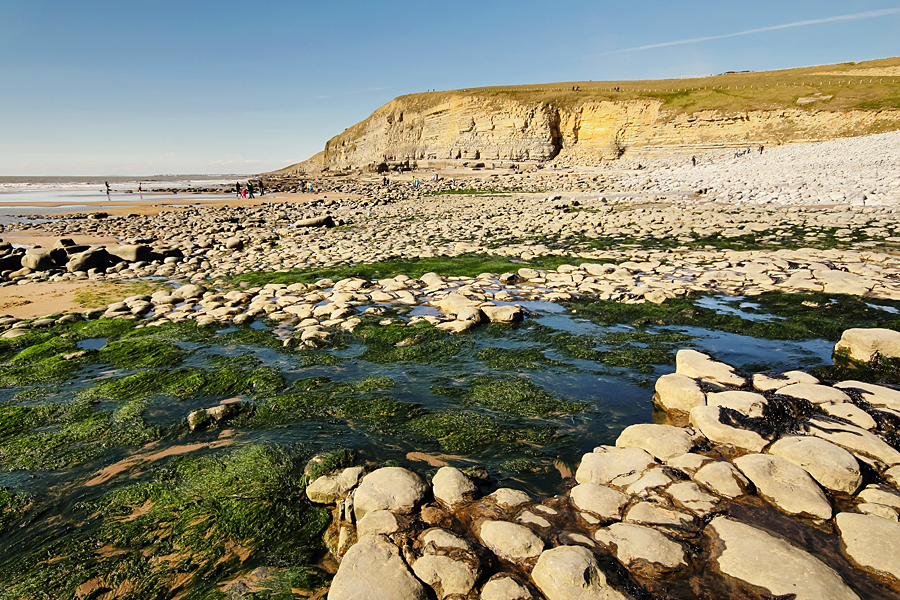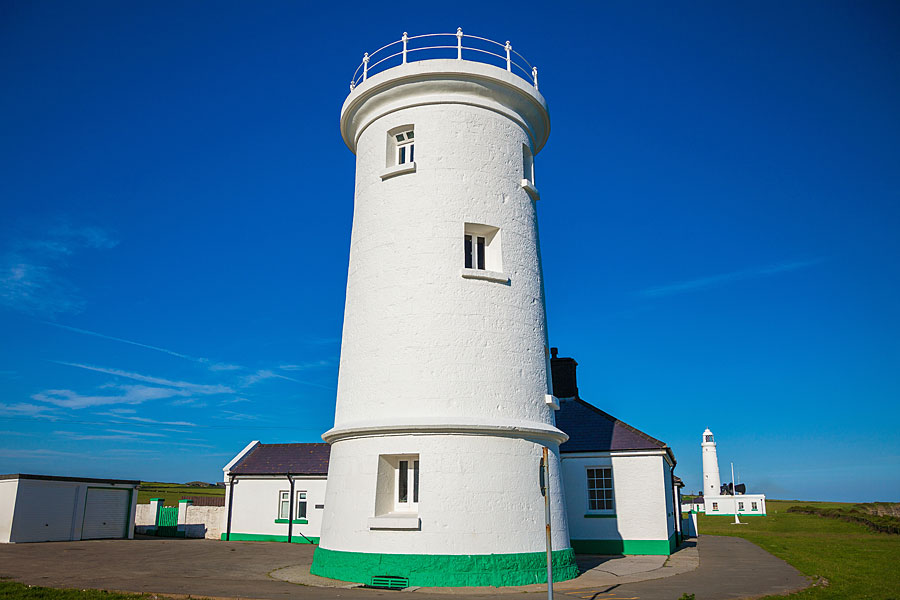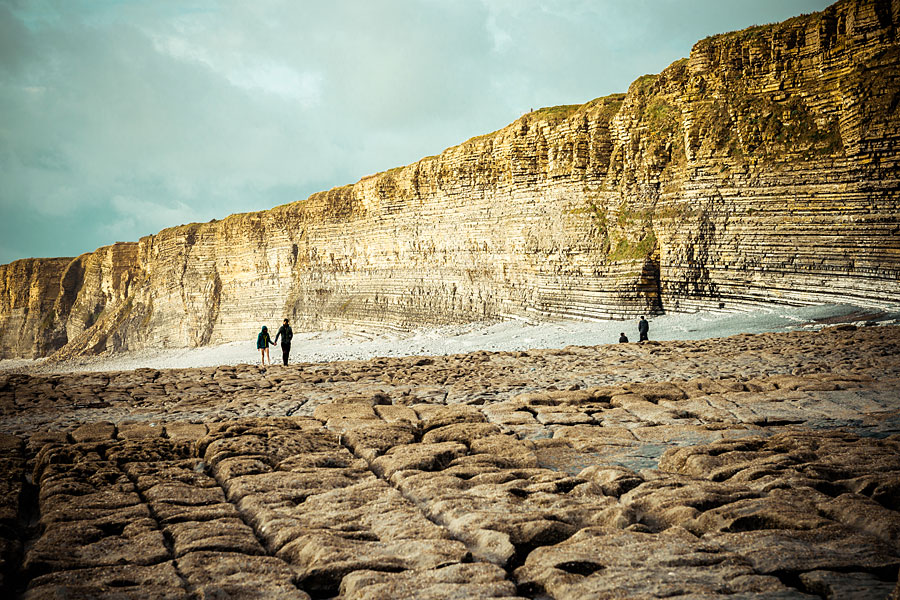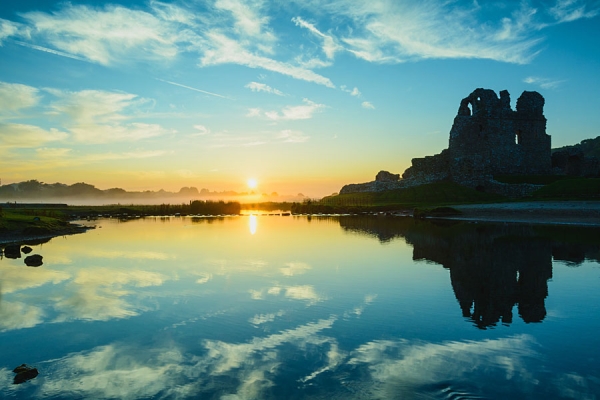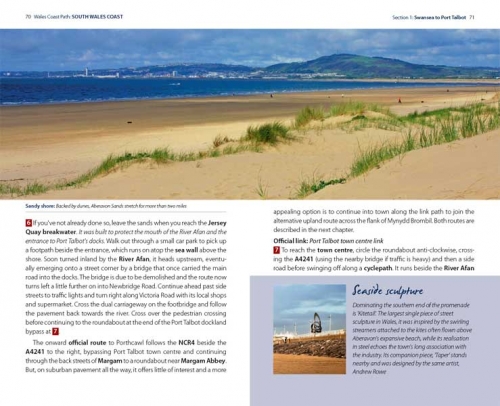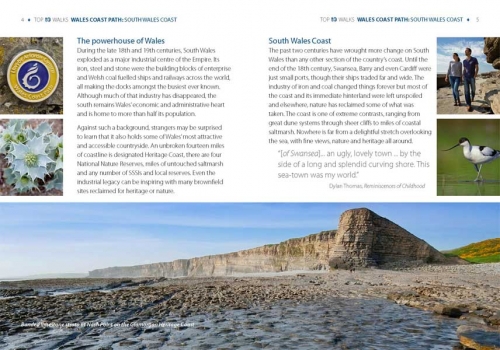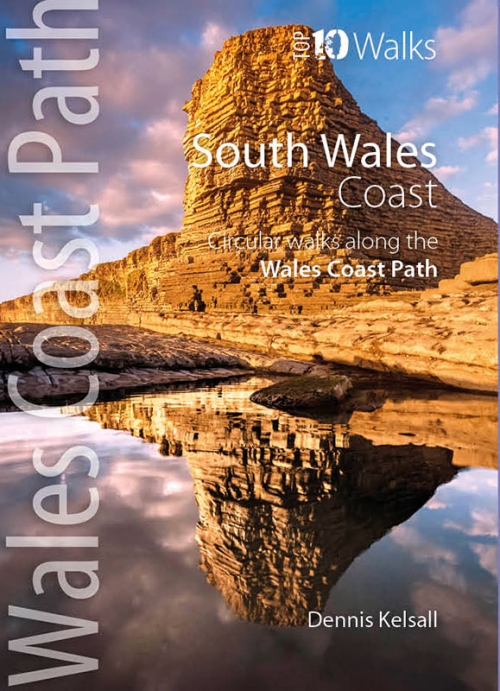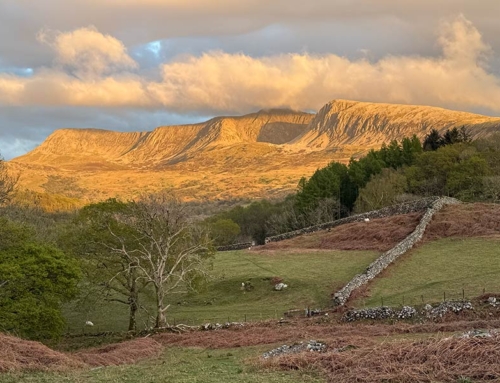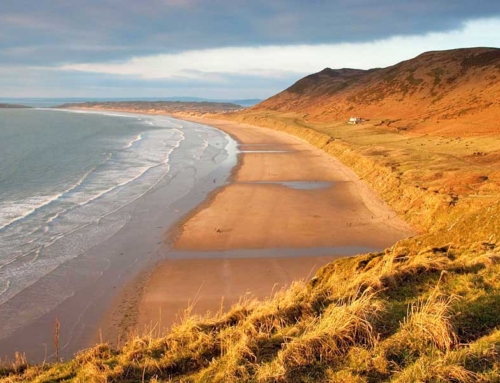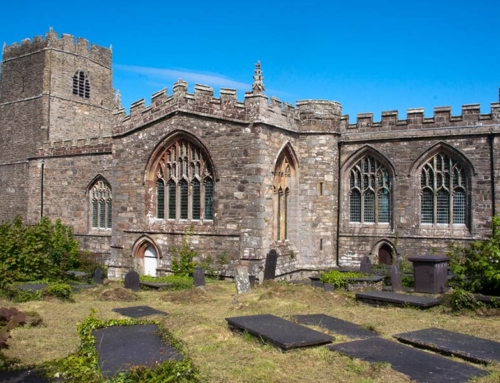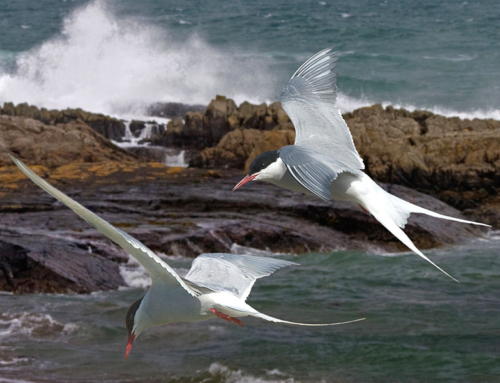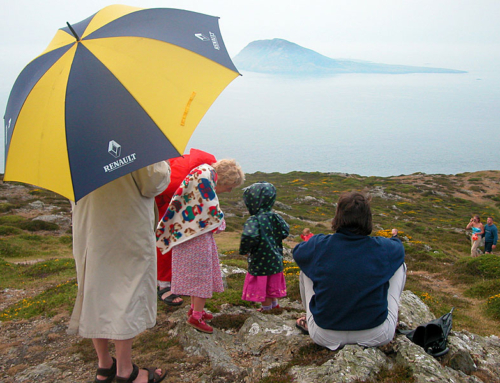Nash Point on the Glamorgan Heritage Coast – part of the Wales Coast Path
The Glamorgan Heritage Coast – fourteen miles of protected coastline in Wales, UK – is a must for all lovers of coastal walking, says Harri Roberts.
THE GLAMORGAN HERITAGE COAST stretches fourteen miles from Aberthaw to Newton along the coastline of South Wales. Between these two points is an astonishing variety of coastal scenery, including low limestone cliffs, extensive sand dunes, river estuaries, rocky bays and long sandy beaches.
Heritage Coast is a designation in Wales and England for a stretch of coastline deemed to be of notable natural beauty or scientific significance. Just over 300 miles of the Welsh coastline – about a third of its total length – has been designated as Heritage Coast, mainly in the west of the country.
South Wales’ Glamorgan Heritage Coast
In contrast to America, there is a legal right of access to much of Britain’s coastline, with the situation for walkers improving all the time. Indeed, since 2012 there has been a continuous, 870-mile/1,440 kilometre-long coastal footpath around Wales. The route along the Glamorgan Heritage Coast is described here from east to west.
The Glamorgan Heritage Coast stretches fourteen miles from Aberthaw to Newton along the coastline of South Wales.
Aberthaw to Llantwit Major
The huge bulk of Aberthaw Power Station seems an unlikely spot to begin a walk along the Heritage Coast, though by walking from east to west you’ll have your back to it from the start. Once past Summerhouse Bay, the path climbs from sea level to the top of low cliffs, soon passing the Seawatch Centre. If open, it is well worth climbing up for a tour.
By the time you descend to Llantwit Major Beach, the power station is but a distant memory. From the beach it is worth strolling inland for a mile or so to the town of Llantwit Major, a settlement whose history goes back to the time of the early Welsh saints and the founding of a church and monastery by St Illtyd. Although in recent years the town has grown considerably – more, in fact, than almost any other place in Wales during the twentieth century – its historic centre remains untouched and is a delightful maze of tiny lanes, old stone buildings, and atmospheric taverns.
Back on the coast, the walk continues past the splendid medieval building of St Donat’s Castle. Once home to the Stradling family, the castle was bought and renovated in the 1920s by the American newspaper magnate, William Randolph Hearst, a man of extreme wealth whose life story was the inspiration behind Orson Welles’s film, Citizen Kane (1941). Under Hearst’s ownership, the castle played host to a number of famous visitors, including a young John F. Kennedy. Today, the building is home to a residential sixth form college; a converted tithe barn in the grounds houses St Donat’s Arts Centre.
Wild coastal scenery
The four miles of coastline between Nash Point and Dunraven Bay provide the wildest scenery along the Heritage Coast. If the tide is out you may wish to take to the beach at Cwm Nash and continue below the cliffs as far as Dunraven Castle. This is certainly an easier route than the official coast path, which climbs and descends steeply at both Cwm Bach and Cwm Mawr. The route along the beach – a mixture of rocky and sandy stretches – also gives you a very different perspective on this unique coastal environment.
Unfortunately, little remains of Dunraven Castle, which was not a proper castle at all, but a castellated mansion built in 1803. The ‘castle’ dominated the headland overlooking Dunraven Bay (which was itself the site of an Iron Age hillfort), but, after falling into disrepair, was demolished for safety reasons in 1963. What remains is a beautiful walled garden through which a detour should definitely be made.
West of Dunraven Bay (where the Heritage Coast Centre is located) the coast is more populated. Ogmore-by-Sea is a popular resort that, for many years, has acted as a second home to the poet and short-story writer, Dannie Abse, and features prominently in the autobiographical stories collected in Ash on a Young Man’s Sleeve (1954) and There was a Young Man from Cardiff (1991).
From Ogmore, the direct route to Newton along the beach of Traeth yr Afon is impeded by the tidal flow of the Ogmore River. At low tide wading the river should present few difficulties, but the official route detours inland along its eastern bank as far as Ogmore Castle. Here you may encounter traffic jams of walkers waiting to cross the ever popular stepping stones.
Sand dunes and castles
On the far side of the Ewenny and Ogmore Rivers lie the thatched houses of Merthyr Mawr. It is hard to believe today, but this tranquil village was almost lost a hundred years ago beneath the advancing sands of Merthyr-mawr Warren, which had been stripped by rabbits of their stabilising vegetation. Fortunately, the planting of buckthorn bushes along the edge of the dunes helped to stabilise the sand and prevent it from advancing further. This was not the first time the shifting sands of the warren had threatened a community. Candleston Castle, now on the edge of the dunes, was abandoned shortly after its construction in the fourteenth century when sand engulfed its surrounding estates.
Once part of the largest dune system in Europe, stretching as far as Mumbles in Swansea, Merthyr-mawr Warren is certainly an interesting place. Today it provides an important habitat for a number of rare plants and animals, as well as a convenient desert stand-in for filmmakers: much of David Lean’s epic movie, Lawrence of Arabia (1962), was shot here. Though Arabian temperatures are unlikely, the final section of the Coast Path, across loose sand and undulating terrain, can nevertheless be hard work. The oasis to aim for is the Jolly Sailor in Newton, the oldest public house still serving in Porthcawl.


